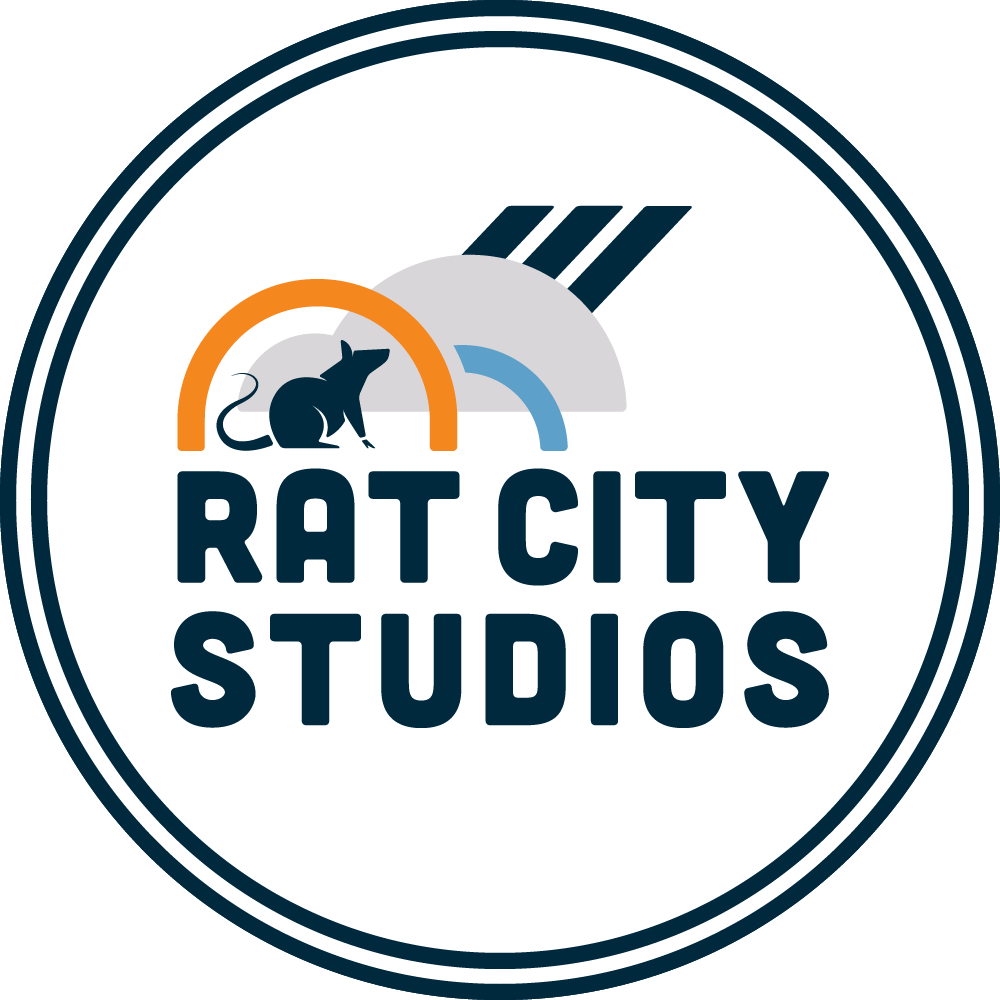Changes and Challenges: Part 2 “Anatomy of a test tile”
/As expected with any move, settling in to life in Seattle has taken some time. I found a job, set up my living space, moved into the studio, and then the hard part started – getting back to work. I found myself really missing my old studio space. I was comfortable there and well adjusted to the equipment and materials. I had a rhythm, and when I turned to my left to reach for a pencil it was there. When I reached under my table for my tool box it was there. When I turned around to check on my work, you guessed it. Here, I found myself in a new arrangement, picking out clay I’d never tried before and firing in a new environment. My materials changed, the arrangement of my space changed, my rhythm changed, and honestly, I’m still trying to adjust.
I was feeling out of my element, but embracing my position to learn. At home I worked with studio mixed, iron rich stoneware and fired in reduction to cone ten. I spent months scratching the service learning about how my materials worked together. Now, I’m starting over, testing out new glazes, and new ways of shaping and applying my materials. I’m adjusting the way I work to the change in materials and method of firing. The best part is that the thing I always hated a little bit about oxidation firing at cone six is becoming something I really enjoy. That is, there is no “magic” at cone six unless you, as the maker, invent it. The atmosphere is incredibly stable and the glazes are often rainbow bright. I’m trying to learn how to get the most out of my materials, to find the balance between stability and variation.
Test tiles have become an important tool for me that I haven’t taken the best advantage of in the past. In school I felt like every pot was an experiment and also a test tile. I thought what better way to learn about glazes than to try it on a surface with variation and room to move. Then, my junior year, I helped make a wall of tiles mapping every glaze we had in the studio layered with each other. It helped take the guessing out of the equation. Now that I’m developing a new palette it has been important for me to take what I’ve learned in the past, about types of glazes and how they interact, into consideration when choosing what I want to test. Making a tile to see how the glaze works is a big part of that process.
Tests can provide many layers of information helpful in learning about glazes. My process involves layering glazes, so in a test tile I look not only at the color, texture, and stability of the glaze, but also how layers of glaze interact. How do the textures intermingle and how do the colors changes? Which glazes are appealing for a base and which are best for accents? Depending on the surface the glaze is meant for test tiles can be created to be fired flat or vertically or at an angle. We have, within the Rat City Studios resources, a guide to how to make a thrown test tile. This tile is made for firing vertically, with a slight angle, and it is self supporting with texture added, and a hole punched so it can be hung on a wall or attached to a bucket handle.
When making test tiles, consider what you need to learn from the tile. Do you use slips? See how that changes the color. Do you use underglaze? Apply some to the tile to check the glaze’s translucency, or if it causes the underglaze to run. Do you add texture to your work? Add that texture to your test tile. This can show how the glaze pools in crevices and breaks over edges. Figuring out what you want from the material is an incredible means to finding the path to get there. Set a goal, test it out, learn from the result, and proceed. If I’ve learned anything over the past few months it’s this.
Further Resources
Rat City Studios Cone Six Glaze Resource
How to Make A Test Tile Tutorial












